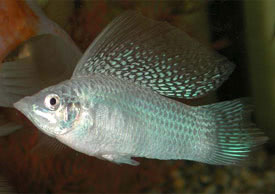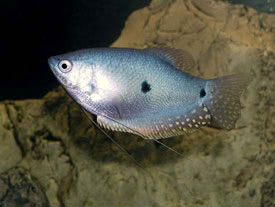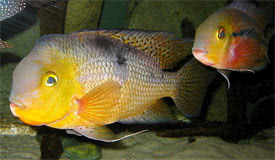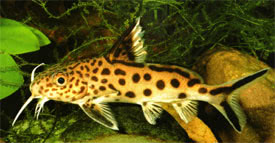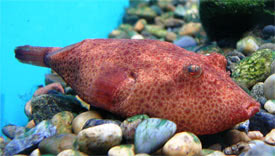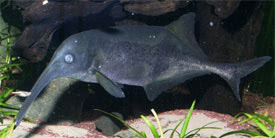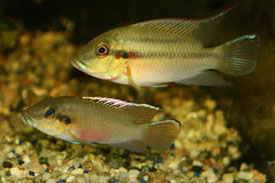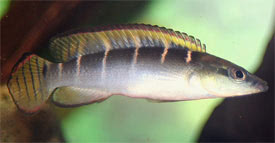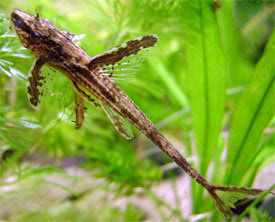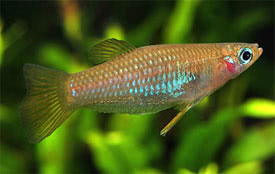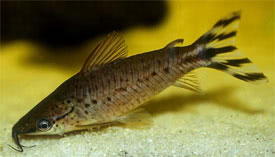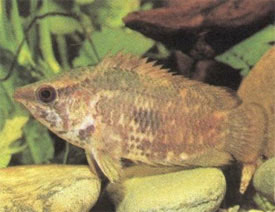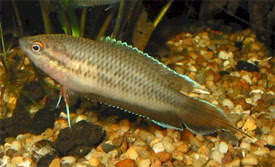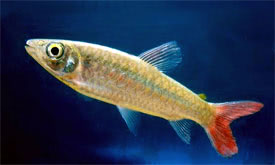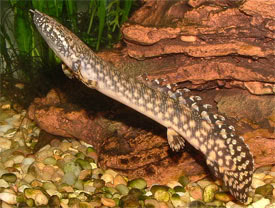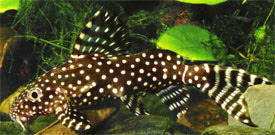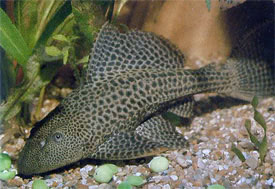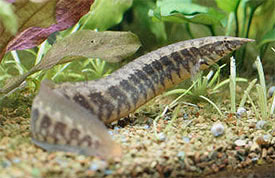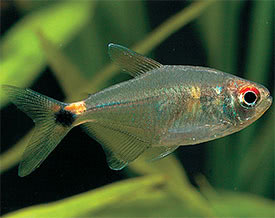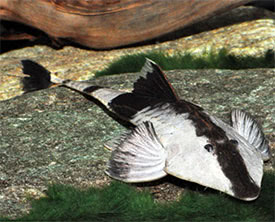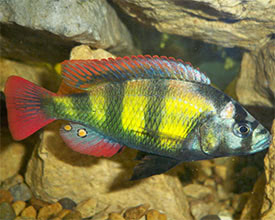
 Magyarul / Hungarian
Magyarul / Hungarian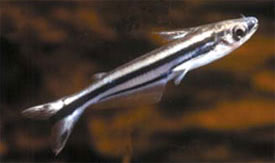
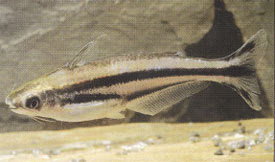
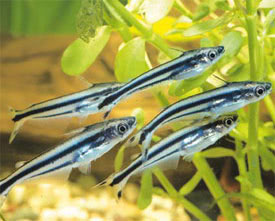
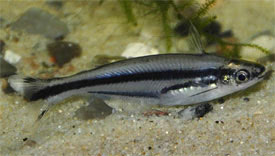
- Scientific name: Pareutropius buffei
- Synonyms: Eutropiellus buffei, Eutropius buffei, Eutropiellus vanderweyeri
- Common name: African glass catfish, Swallow-tail glass catfish
- Group: Catfishes
- Habitat: Africa, Nigeria
- Size: 8 cm
- Biotope: Freshwater rivers of Nigeria, Cameroon and probably Gabon and Zaire.
- Social behavior: A peaceful, schooling catfish it is lively and active by day. Needs tankmates of its species since single specimens feel insecure. Recommended for a community tank.
- Diet: Omnivorous, mainly eats insect larvae and small live foods; In the aquarium especially bloodworms, daphnia and cyclops; however flake food and freeze-dried foods are also accpeted.
- Breeding: Very hard
- Tank: Minimum 110 litres
- Population: 5-6 fishes for 110 litres
- Decoration: Reduce lighting with floating plants and provide lots of swimming room. Use a strong filter to create a current but otherwise the species makes few demands on water condition. Use dark gravel on the bottom. Peat filtration is helpful because it darkens the water.
- Temperature: 24-28 °C
- pH: 6-8
- Hardness: 5-19 NK°
- Lifespan: 8 years
Description: A long and slender fish with a forked caudal fin which can be mistaken for Pareutropius debauwi. The base color of the body is silvery. Underneath the black stripe along the lateral line and through the tail fin, there is a second black stipe which is interrupted around the anus. The caudal fin lobes have black tips, which are rounded. The adipose fin is transparent. Under poor water conditions the animals stay hidden or move around the bottom.
Female has a larger, more rounded stomach, however this only applies to well acclimated individuals. Pareutropius buffei is not often bred in aquaria, but it is possible. Breeding has been successful at 22-26 °C. The setup should consist of 2 males and 1 female. Usually during the morning hours about 100 white eggs are scattered among the plants. Remove the parents. The larvae hatch after 3 days and can be fed newly hatched Artemia nauplii. The young are fast growing.






